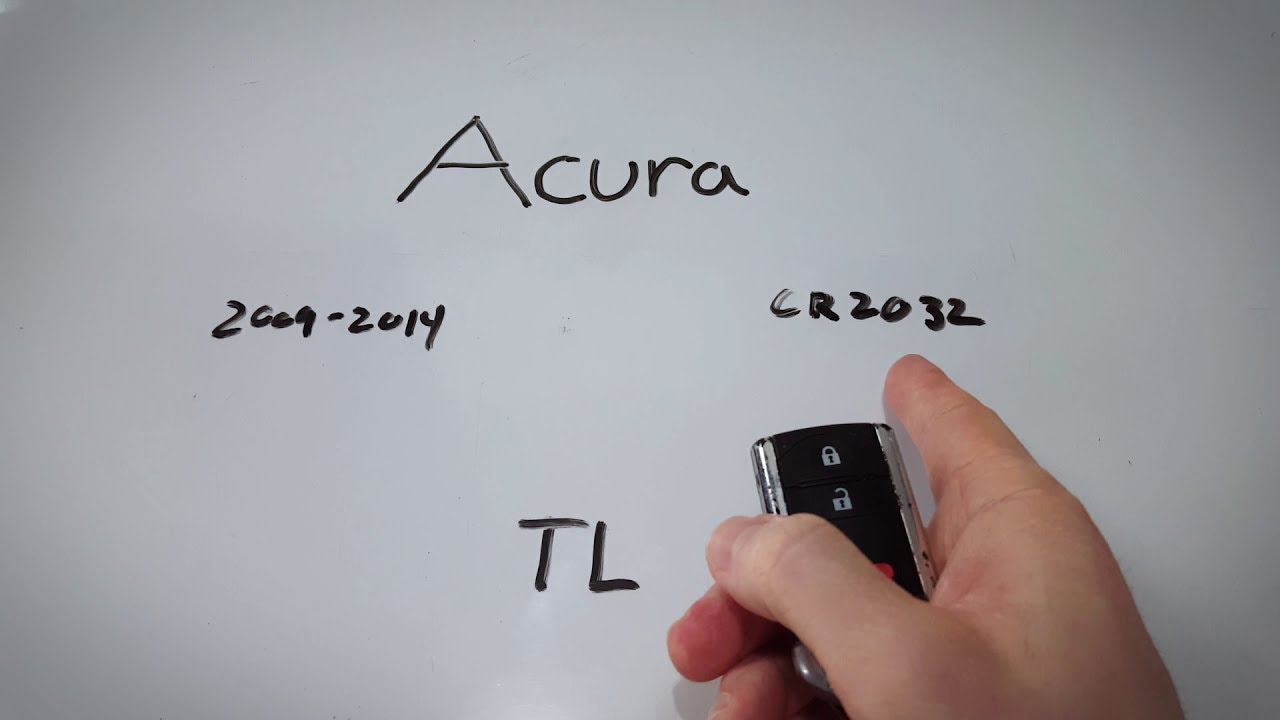Introduction
Replacing the battery in your Acura TL key fob is a straightforward process. If your key fob has stopped working, it might just need a new battery. Here, I’ll guide you through the steps to replace the battery in an Acura TL key fob from the years 2009 to 2014.
- Plastic, Metal
- Imported
- IN THE BOX: 4-pack of CR2032 3 volt lithium coin cell batteries; replacement for BR2032, DL2032, and ECR2032
Tools and Materials Needed
Before you begin, make sure you have the necessary tools and materials. Fortunately, you only need a few items to complete this task.
- CR2032 Coin Battery
- Flathead Screwdriver
These items are easy to find and inexpensive. You can purchase a CR2032 battery from most stores or online.
Step-by-Step Instructions
Follow these simple steps to replace your key fob battery. Each step is designed to be easy to follow for a smooth battery replacement process.
Step 1: Remove the Internal Key
First, locate the button on your key fob. Press this button to release the internal key. Once the key is removed, set it aside. This will reveal the slot where we will insert the tool.
Step 2: Open the Key Fob
Look at the slot where the internal key was removed. You will see a small opening on the other side. This is where we will insert the flathead screwdriver or a coin. Gently twist the tool to separate the two halves of the key fob. Be careful not to use too much force to avoid damaging the key fob.
Step 3: Remove the Old Battery
With the key fob open, you will see the old battery. Use the flathead screwdriver to gently lift and remove the old battery. Be cautious during this step to prevent any damage to the key fob’s internal components.
Step 4: Insert the New Battery
Take your new CR2032 battery and ensure the positive side is facing up. Slide the new battery into the slot and press it until it clicks into place. Double-check to make sure the battery is securely in place.
Step 5: Reassemble the Key Fob
Align the two halves of the key fob and press them together until they snap back into place. Make sure there are no gaps between the two halves. Finally, reinsert the internal key into the key fob.
Step 6: Test the Key Fob
Press any button on the key fob to ensure it is working correctly. If the light comes on, the battery replacement was successful. If not, double-check the battery orientation and try again.
- Plastic, Metal
- Imported
- IN THE BOX: 4-pack of CR2032 3 volt lithium coin cell batteries; replacement for BR2032, DL2032, and ECR2032
Tips and Warnings
Here are a few tips and warnings to keep in mind while replacing your key fob battery:
- Handle the key fob gently to avoid damage.
- Dispose of the old battery properly.
- Ensure the new battery is the correct type.
- Check the key fob functionality after replacement.
Frequently Asked Questions (FAQs)
What type of battery does the Acura TL key fob use?
The Acura TL key fob uses a CR2032 coin battery.
Where can I buy a CR2032 battery?
You can purchase a CR2032 battery at most retail stores or online. They are widely available and inexpensive.
- Plastic, Metal
- Imported
- IN THE BOX: 4-pack of CR2032 3 volt lithium coin cell batteries; replacement for BR2032, DL2032, and ECR2032
How often should I replace my key fob battery?
The key fob battery typically lasts for several years. Replace it when you notice reduced functionality.
Can I use a different type of battery?
No, it is important to use the specified CR2032 battery to ensure proper functionality and fit.
What should I do if my key fob still doesn’t work after replacing the battery?
Double-check the battery orientation and ensure it is properly seated. If it still doesn’t work, there may be an issue with the key fob itself.
Conclusion
Replacing the battery in your Acura TL key fob is a simple task that you can do at home with minimal tools. By following the steps outlined above, you can save time and money by avoiding a trip to the dealership. Always ensure you have the correct battery type and handle the key fob with care. If you have any questions or run into issues, refer to the FAQ section for additional guidance.


